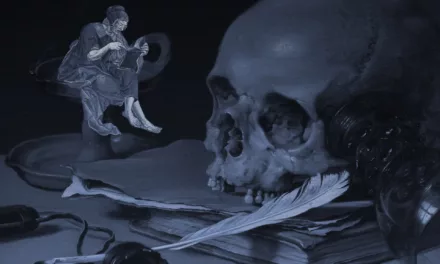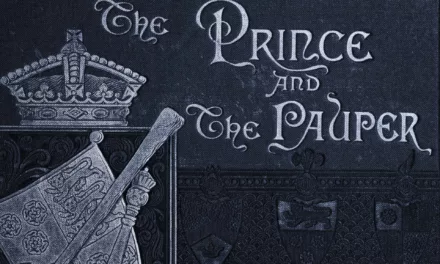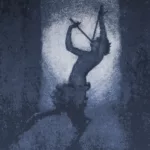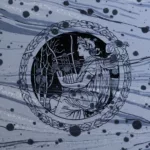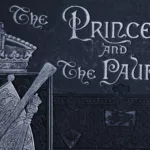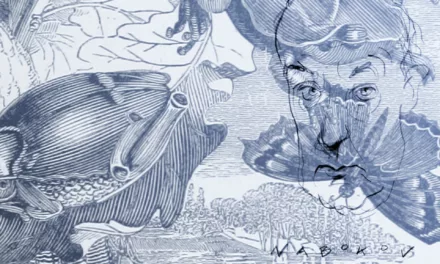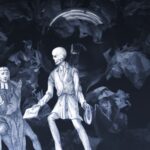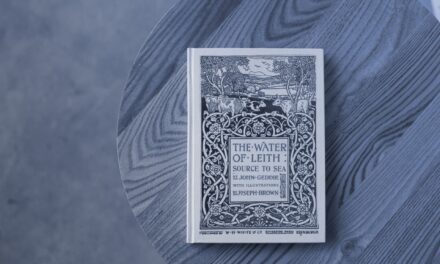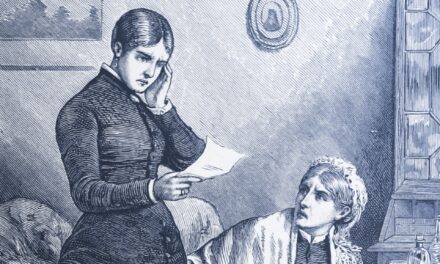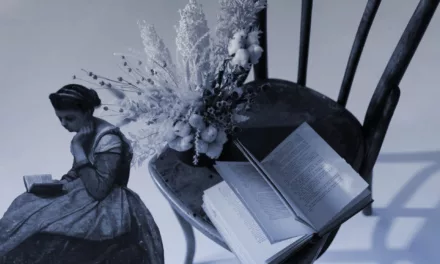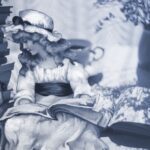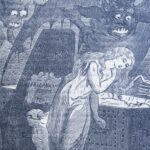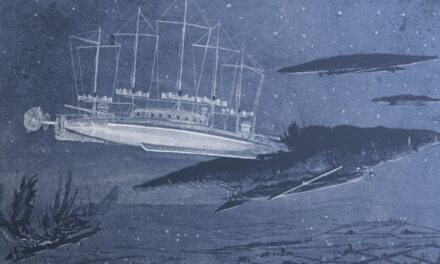
Do deer have any specific literary meaning?
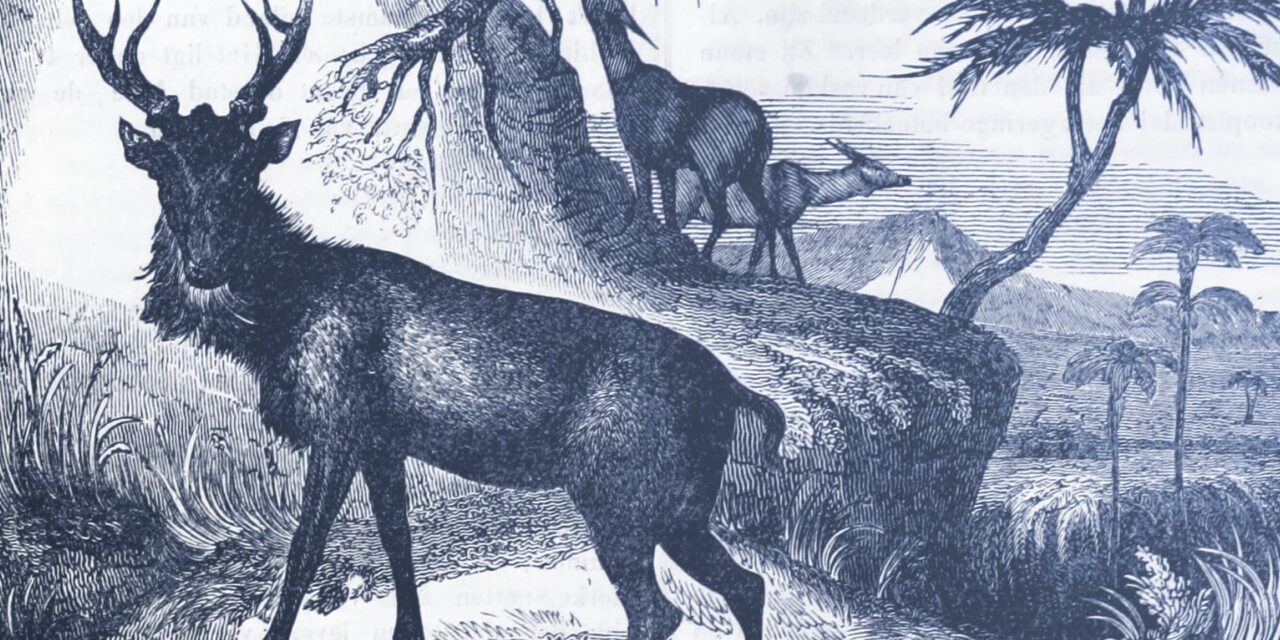
“Do any ungulates have any meaning? Like specific types of deer?“
Symbolism is one of the most important elements of any good writer’s toolbox. It helps build mood, convey subtext, and even build character when used properly. Deer and other types of ungulates have often been used as symbols, both cross-culturally and in literature. They’re fascinating creatures with a variety of habitats that exist both in the wild and in domesticated settings, so can be used in several different ways within a narrative depending on the type of meaning you wish to convey.
For this answer, we’ll focus mainly on deer, as covering all ungulates (which includes all animals with hooves ranging from horses to hippopotami) might make this answer far, far too long.
The general symbolism of deer
If we take deer at face value, some of the first imagery that will come to mind are grace, elegance, gentleness, and innocence. They can also be alert and vigilant, with a deep, mysterious connection to the wild. For this reason, many cultures (and writers) ascribe spiritual and mystical associations with them. They can also represent a connection to the supernatural, and the otherworld.
Writers will often use them as messengers or familiars, creating a bridge between the real and the fae. They can also represent growth and rebirth, as they shed their antlers, which grow again.
The cultural significance of deer
The cultural significance of deer and other ungulates have similarities but aren’t always identical. In indigenous native groups across North America, for instance, there are different traditions and stories associated with them. The Lakota believed that deer were guides on life’s journey but could also lead men astray. The Cherokee story of the Little Deer, on the other hand, sees the Deer Spirit enacting vengeance on hunters who don’t show deer the proper respect, and hunt them needlessly.
In Celtic mythology, white stags were often messengers to the underworld, and deer could shapeshift both at will and through enchantment. Arthurian legend also had a white stag as a symbol of the hunt, representing man’s neverending quest for spiritual enlightenment. And in Germanic cultures, the deer represented both the hunt and kingship.
In Hindu mythology, the goddess Saraswati is associated with a red deer and can take its form. As the goddess of learning, red deer and their hides have also taken on this meaning. In Shinto tradition, deer are messengers of the gods, and in Chinese mythology, the Fuzhu is a mythical deer with four horns that appears during periods of flood.
Deer appear in ancient Greek mythology, too. Artemis, the goddess of the hunt, is especially associated with deer, but many other figures in the tales are transformed into deer. They often represent the hubris of mankind. In the tale of Arge, a mortal huntress is punished for claiming that she could catch a stag that could run as fast as the sun. In the myth of Actaeon and Artemis, Actaeon watches Artemis bathing in a pool, and as punishment, she turns him into a stag and has her hounds tear him to pieces.

Specific types of deer and their symbolism
If we look at specific types of deer, then there are some general patterns that emerge in their symbolism.
- White-tailed deer are native to North America, Central America, and South America. They are often associated with purity and innocence, a connection to the spirit world, and respect for the natural order.
- Red Deer are native to most of Europe, the Caucasus Mountains region, Anatolia, Iran, parts of western Asia, and the Atlas Mountains of Northern Africa. They are the only living species of deer to live on any part of the African continent. They have associations with royalty and kingship, as well as the hunt. They are often used on coats of arms as a symbol of nobility.
- Reindeer (Caribou) have close connections to winter due to our modern Christmas traditions. But they also have great cultural significance in Arctic and subarctic cultures. They are native to the Arctic, subarctic, tundra, boreal, and mountainous regions of Northern Europe, Siberia, and North America. They are known for their endurance and adaptability, as well as safe journeying and strength in harsh conditions.
- Fallow Deer are known as peaceful and gentle. They are widespread in England, Wales, Ireland and southern Scotland but are an introduced species. Some studies suggest they are only native to Turkey. The fallow deer is probably what you picture when someone says the words “doe-eyed.” They are associated with grace and beauty and often appear in post-Norman mediaeval literature.
- Moose (Elk) are considered symbols of strength, resilience, and adaptability. They are large, with imposing antlers which is what makes them such an iconic image. They are native to North America, Canda, and Northern Eurasia, but they are also associated (by name only) with the Irish Elk, an extinct giant deer known for the enormous span of its antlers (a disproven urban legend claims that the Irish Elk went extinct because its antlers grew too wide and heavy for its head and neck to support it).
How deer are used in certain genres
- In Fantasy, deer are often magical creatures or shapeshifters. They can be spirit guides or familiars, often appearing to characters in dreams. The white stag and the brown doe are two often-used images in these settings.
- In Romance novels, deer are often used as symbols of love and courtship. Deer-like descriptions are often used when describing characters, and hunting metaphors are often used to represent the romantic pursuit.
- In Horror and Thriller novels, encounters with deer are often uncanny and frightening. They are used as harbingers of the supernatural, appear in dreams as a sign or portent of something to come, and often subvert traditional deer symbolism for dramatic effect.
- In Literary Fiction, deer are often used as metaphors for the human experience. They can be used to represent character growth or epiphanies by exploring the relationship between mankind and nature.
How can you use deer symbolism in your own writing?
Deer can be used as the basis for a theme or motif in your work. They also offer tried-and-tested ways of incorporating visual storytelling into your imagery by using well-known associations.
Cultural considerations are good to consider in advance of incorporating symbolism. If you want to borrow from existing cultural traditions, then it’s essential to make sure you research and respect those cultural beliefs. Avoid appropriation, and be sure you strike the right balance between traditional symbolism and personal interpretation. There is nothing wrong with interpretation, but it is important to be respectful when borrowing from another person’s culture.
There are also new and interesting ways you can use your own experiences to develop your own symbolism. You can use deer as a symbol to explore themes of conservation and environmental protection. In Station Eleven by Emily St John Mandel, she uses deer as a symbol of the return of nature in a post-human world. They can also be used to comment on urban expansion and habitat loss, and with enough research, you can use a scientific understanding of their behaviours to build your own mythology.
The animal kingdom is ripe with symbols you can pluck from to spark your imagination. Deer are such a diverse and fascinating species that it’s easy to derive meaning and symbolism from both within existing traditions as well as inventing new mythologies and imagery as part of your thematic content and worldbuilding. You can use existing traditions to develop and expand your

